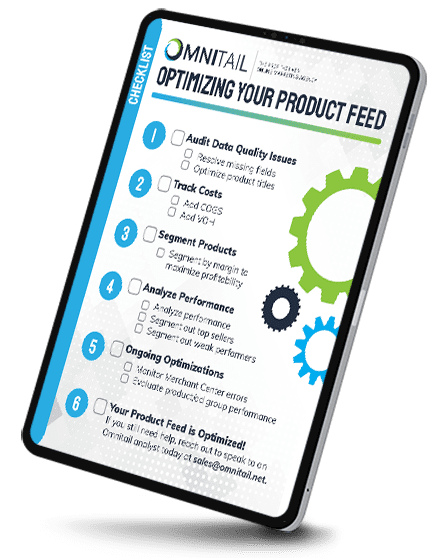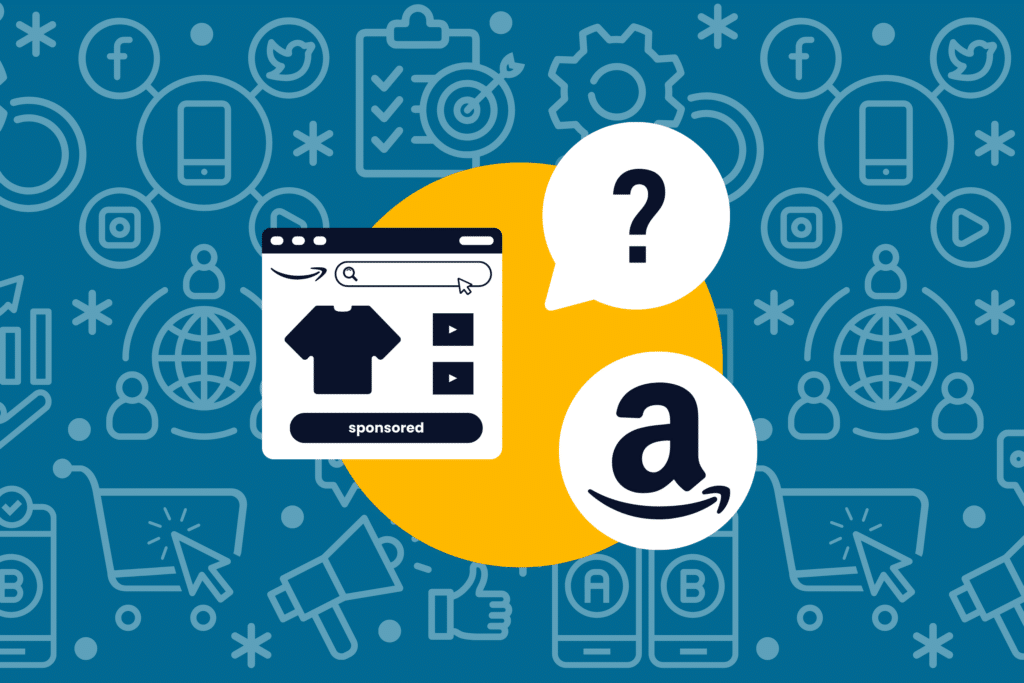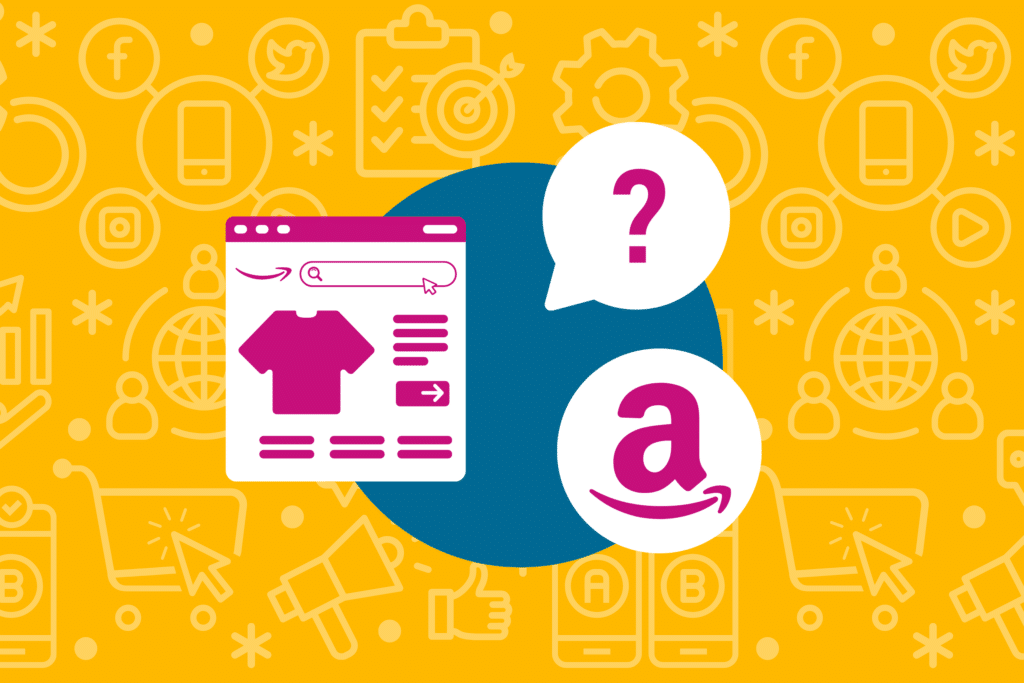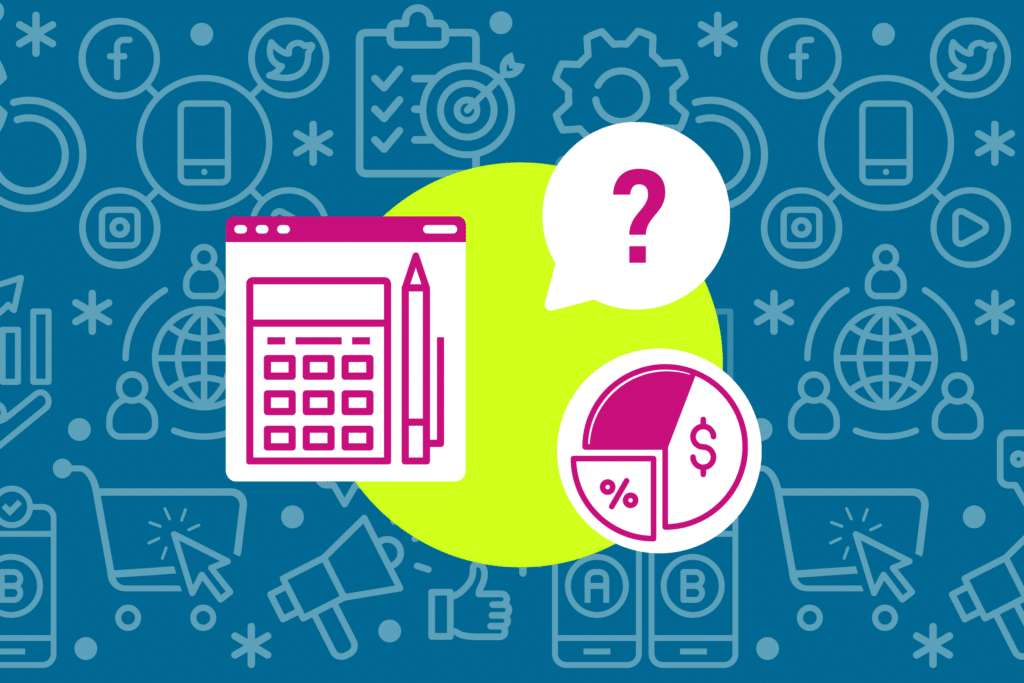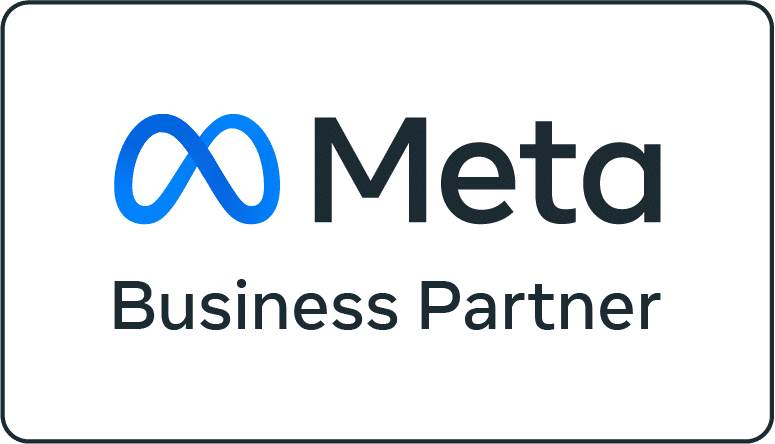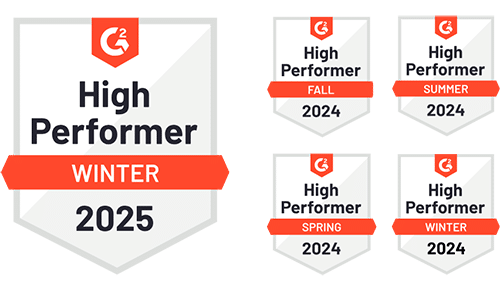We use our expertise to help answer your question.
Almost ready for Prime Day, but getting stuck in the prep work? You’re not alone.
Our expert team has assembled these Prime Day FAQs to help you cross T’s and dot I’s before the big event.
- Should I increase bids before Prime Day?
- Should I increase bids on Prime Day, even if I’m not running deals?
- Where should I look for keywords for Prime Day?
- What’s the best way to attribute sales from Prime Day?
- What should I look out for on Prime Day?
- Should I run Sponsored Brands ads on Prime Day?
Should I increase bids before Prime Day?
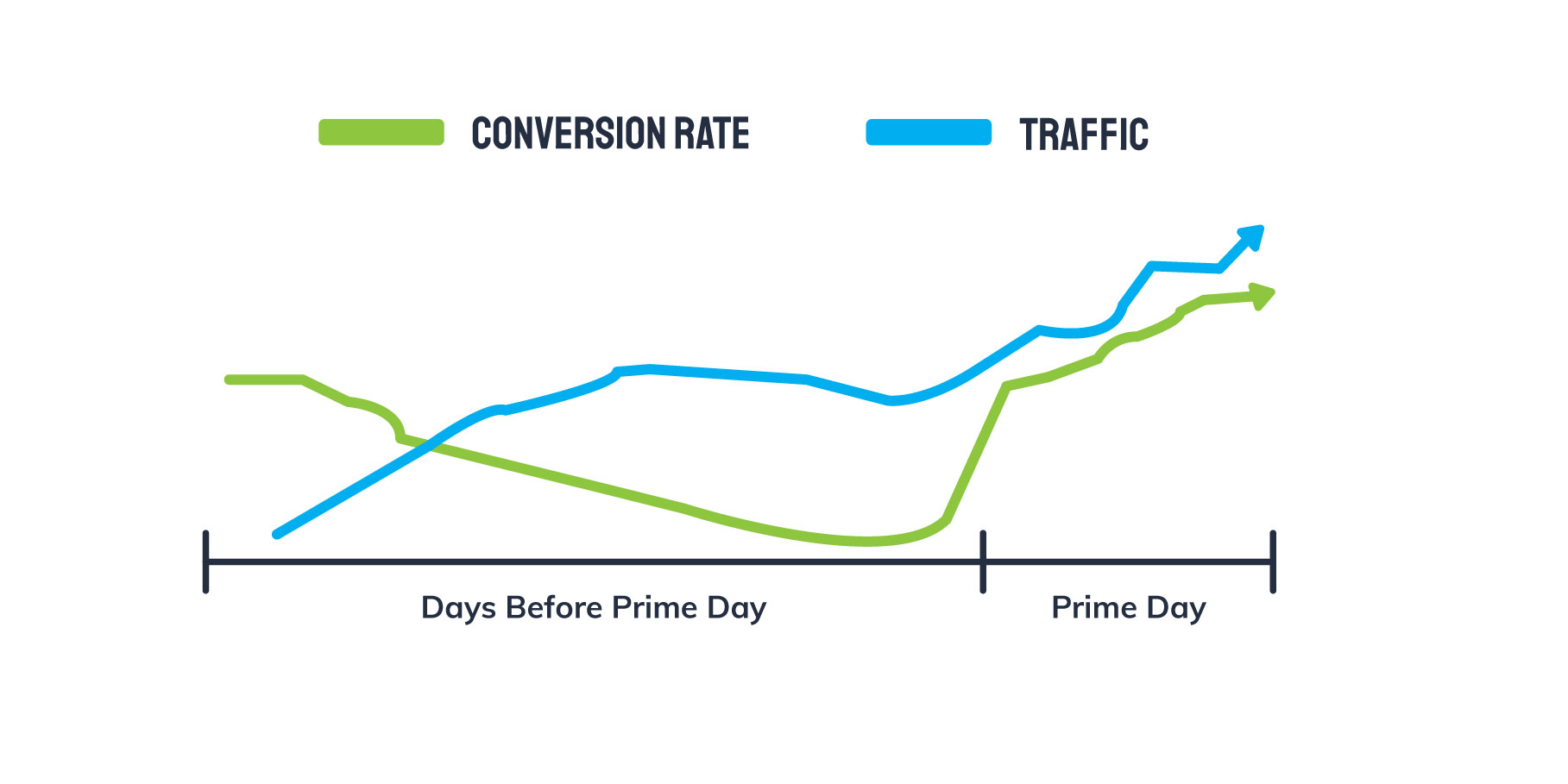
Probably not. Oftentimes, conversion rates go down in the days leading up to Prime Day. While conversion rates are down, traffic actually increases. This happens because shoppers are looking at products they are waiting to buy on Prime Day.
If you increase bids, you might see a boost in traffic — but odds are this traffic will neither be very valuable nor convert to a sale.
Want to learn more about bidding on Amazon? Learn the best Amazon bidding strategy here.
Should I increase bids on Prime Day, even if I’m not running sales?
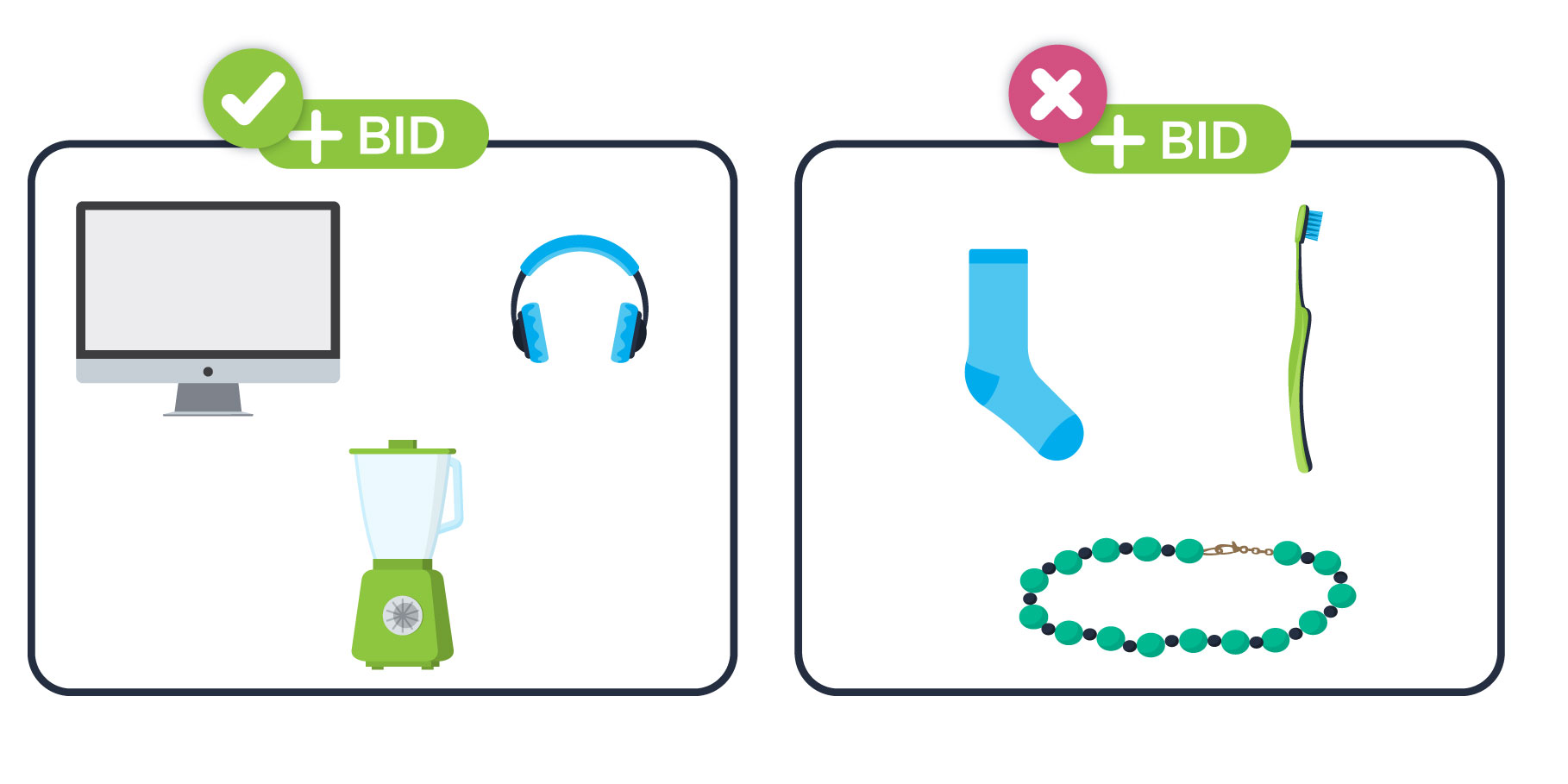
It all depends on what products you sell.
Typically, electronics and appliances sell well on Prime Day. So if you sell goods in these categories, you may see a spike in sales regardless of your Prime Day deal participation because of the increase in shoppers looking to purchase electronics and/or appliances. Thus, you may want to consider increasing your bids on Prime Day to take advantage of this buyer behavior.
On the other hand, low-commitment items like socks or goods that don’t typically come to mind for Prime Day shoppers (like jewelry) may not result in an increase in sales. If you sell items like these, we don’t recommend increasing bids on Prime Day, as you won’t see the desired traffic and return due to this buyer behavior.
Where should I look for keywords for Prime Day?
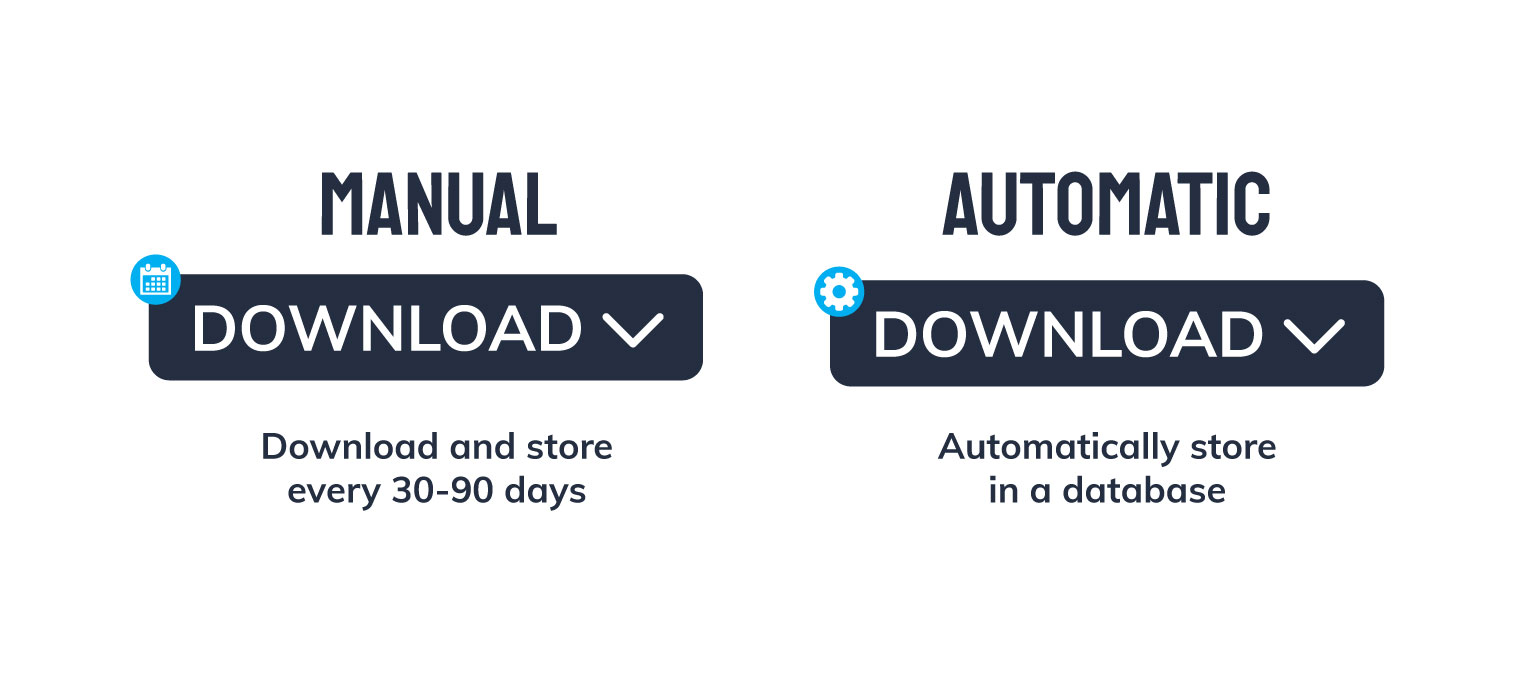
If you have historical Amazon data, you will be able to find the keywords that performed well for you in past Prime Days.
To access this historical data, however, you will need to have downloaded these reports and cataloged them for your own use after each Prime Day you participated in. Unfortunately, Amazon only keeps data for 60 days, so continuously downloading your reports is the only way to retain access to your historical data.
If you don’t have access to your historical Amazon data, you can look at the keywords currently performing well in your account. If you run Google Shopping ads, you can also pull successful keywords from there and use them to guide your keyword strategy for Prime Day.
What’s the best way to attribute sales from Prime Day?
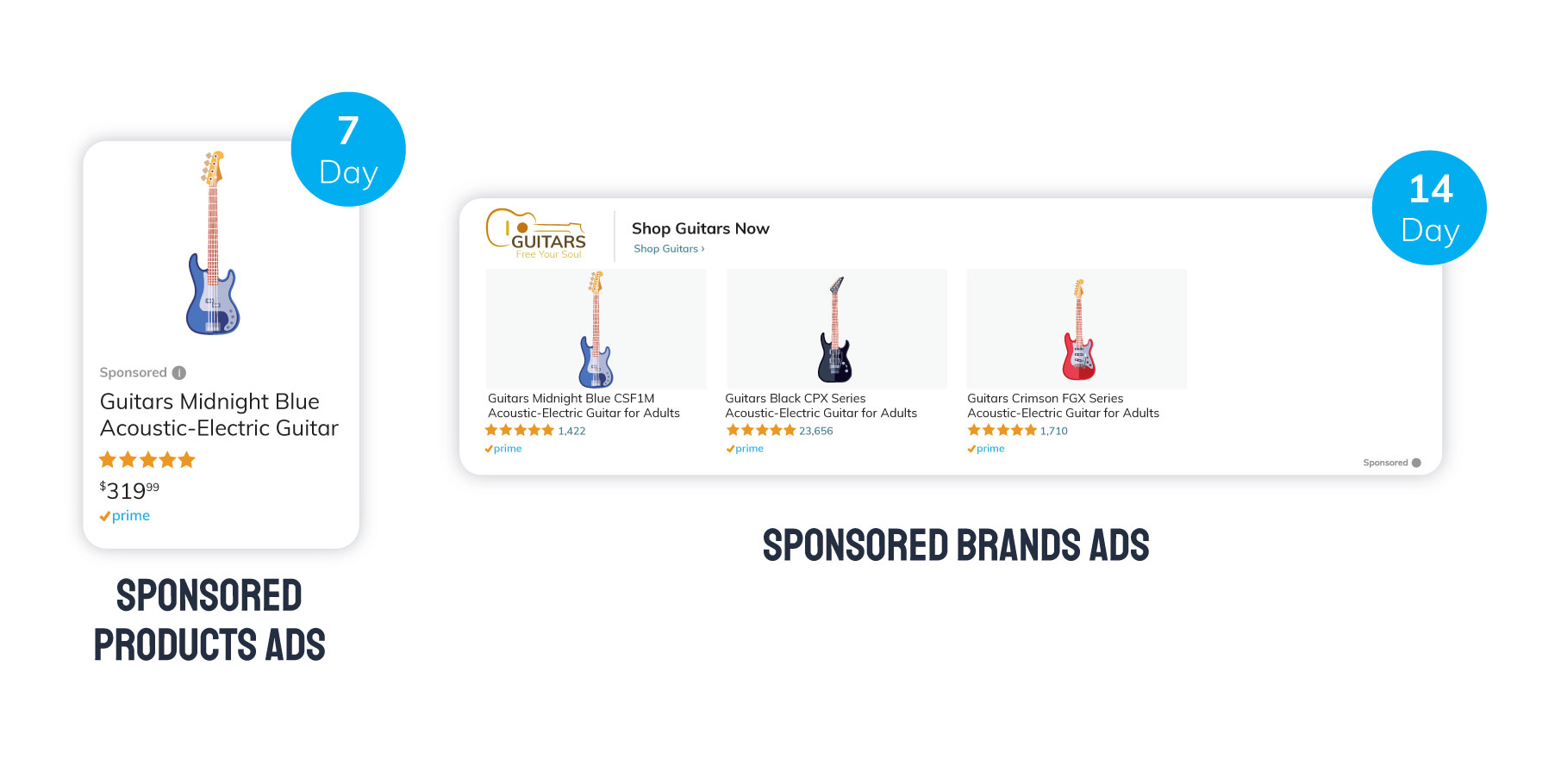
This one is tough, because a big challenge in gauging success from Prime Day is that 7-day attribution window for Sponsored Products. A shopper may click an ad three weeks before Prime Day starts, add that item to their cart, and then wait to buy it during Prime Day. In this case, your ad won’t get credit for that click. Keep this in mind when you are attributing Amazon sales.
However, running Sponsored Brands may help. Since this placement has a 14-day attribution window, you will capture more attributable clicks on your ads.
What should you look out for on Prime Day?
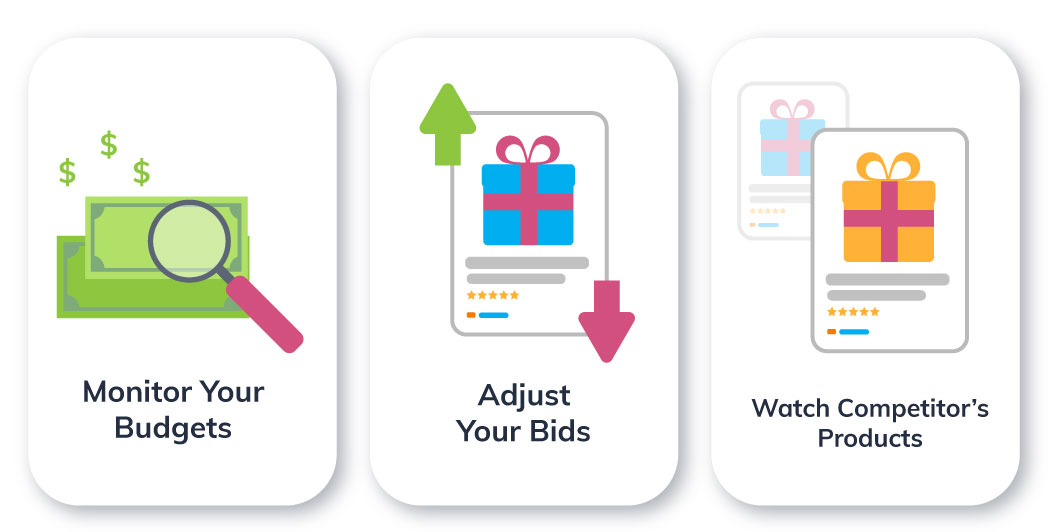
Watch your budgets (and check them frequently) to make sure you’re not out of spend, nor at risk for running out of ad dollars. What happens if you run out of budget on Prime Day? Your ads will stop — period.
You may miss out on huge opportunities if your advertising budget isn’t primed for Prime Day — especially if you’re running deals. Don’t let your efforts prepping for Prime Day go to waste; keep a close eye on your available ad dollars to make sure this doesn’t happen.
Even if you’re not running Prime Day deals, simply appearing in search results on Prime Day may increase your conversions. This happens because Prime Day deals tend to go out of stock, so shoppers who are may buy similar products they are really keen on purchasing, even if that product isn’t a Prime Day deal.
Learn what else to look for in our blog: What to Look for On Prime Day: A 3-Step Game Plan for Amazon Advertisers.
Should I run Sponsored Brands on Prime Day?
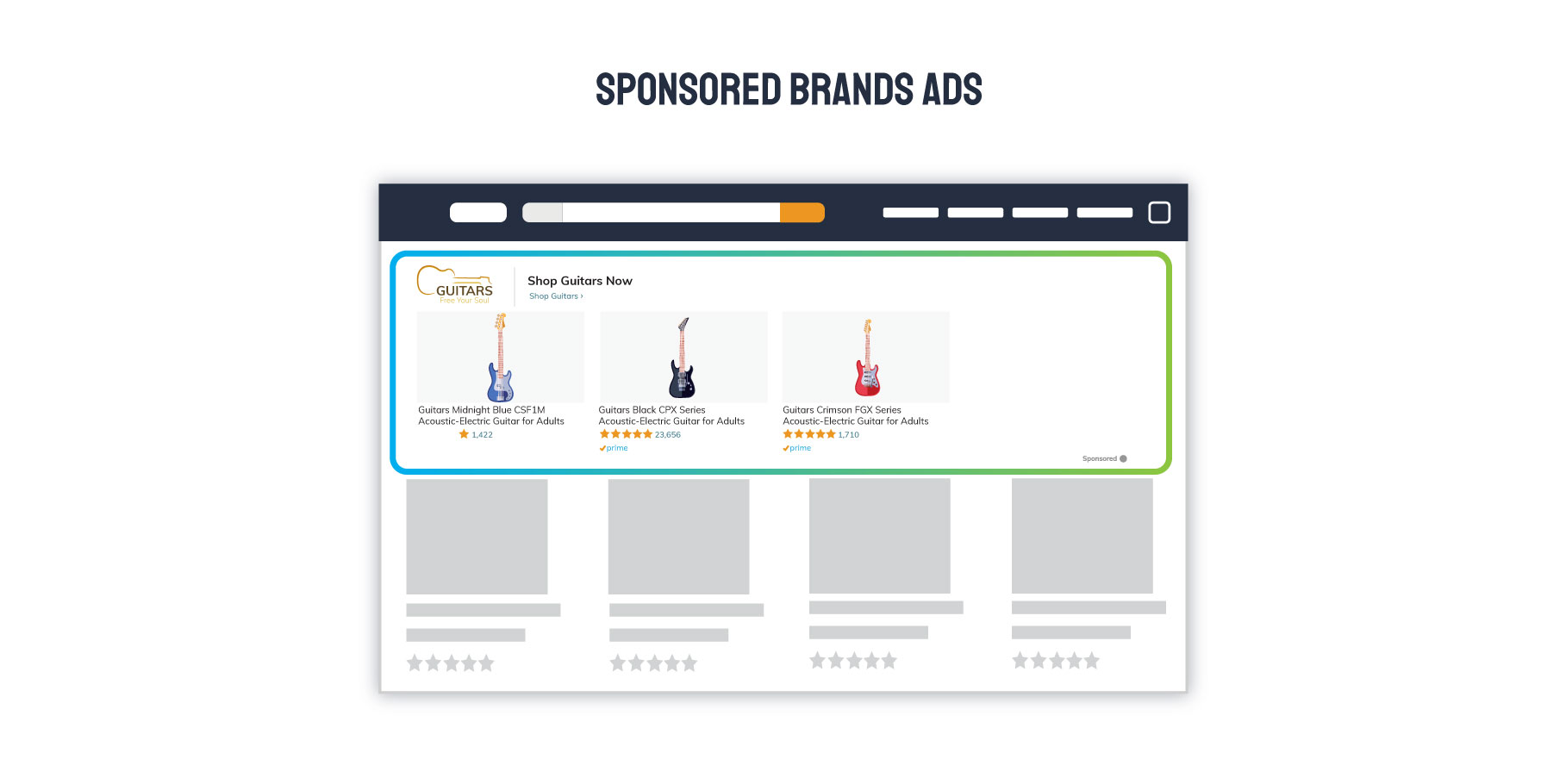
In short, yes, you should! Sponsored Brands will help you on Prime Day mainly because they have a longer attribution window than Sponsored Products. This placement also tends to increase the amount of traffic you receive because of the brand halo effect.
If decide to run Sponsored Brands, make sure you use search terms data based on keywords that performed well specifically during Prime Day in years past.


